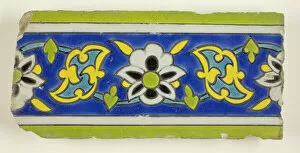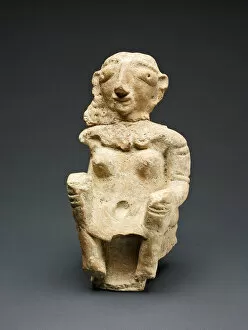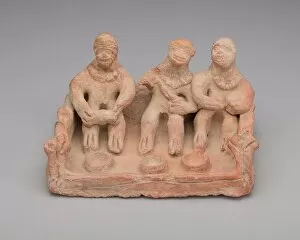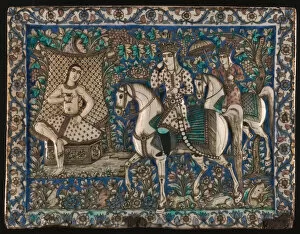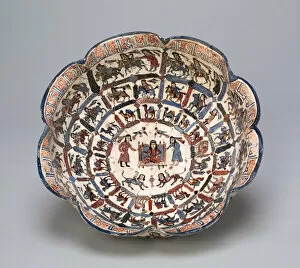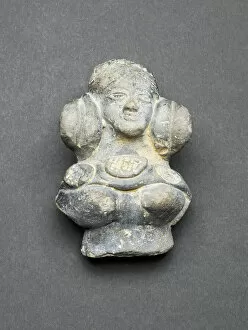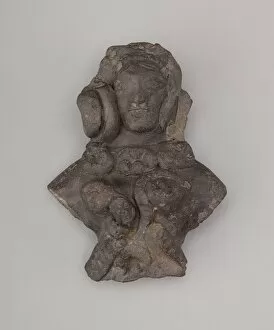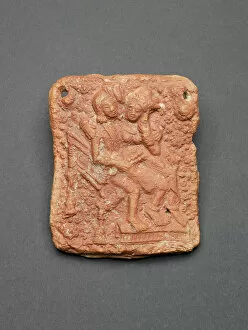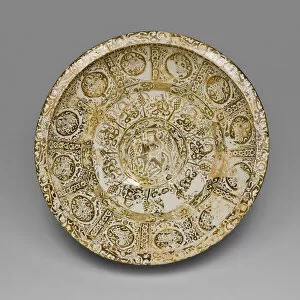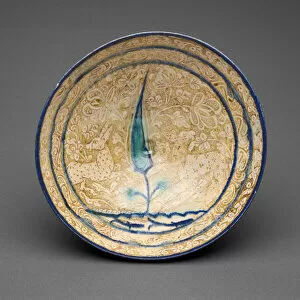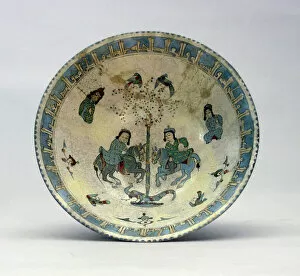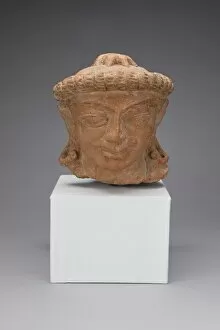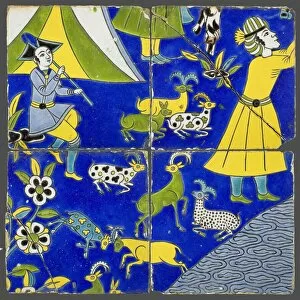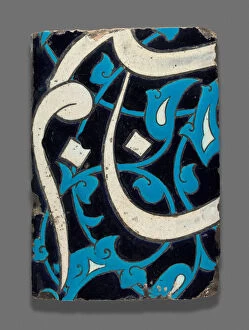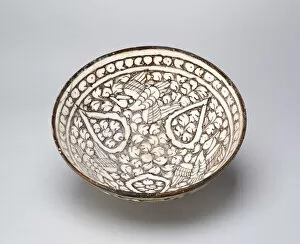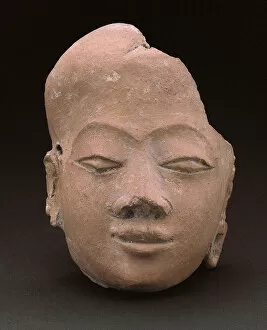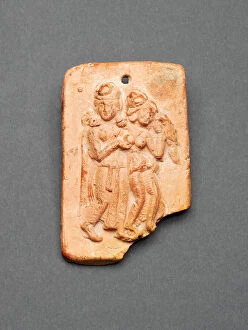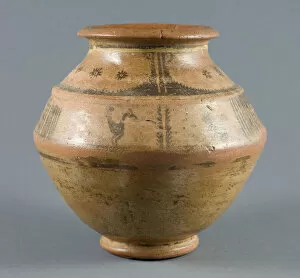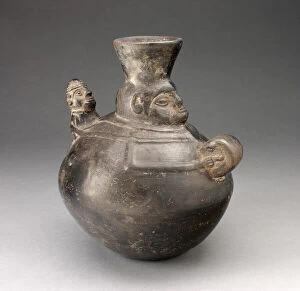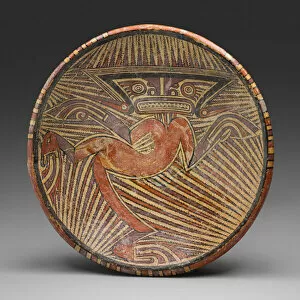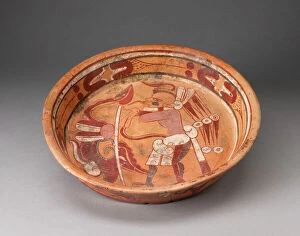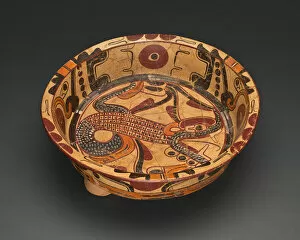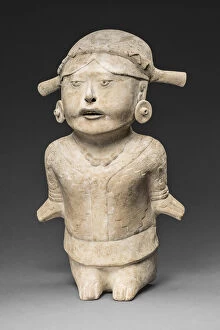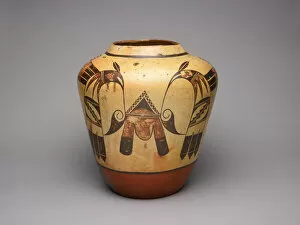Earthenware Collection (#7)
"Exploring the Timeless Beauty of Earthenware: From Ancient Artifacts to Victorian Craftsmanship" Earthenware, a versatile and enduring medium
For sale as Licensed Images
Choose your image, Select your licence and Download the media
"Exploring the Timeless Beauty of Earthenware: From Ancient Artifacts to Victorian Craftsmanship" Earthenware, a versatile and enduring medium, has captivated artists and artisans throughout history. Its rich legacy can be traced back to various corners of the world, each offering unique glimpses into its cultural significance. In Renaissance-era Europe, Owen Jones showcased his mastery with the "Renaissance 78, " an exquisite earthenware piece that epitomized elegance and sophistication. Meanwhile, Japanese art flourished with a stunning bowl of pottery from Kioto in the 19th century, showcasing intricate craftsmanship and delicate beauty. Traveling further back in time, Thomas Truxton Kendrick's jar from the early 19th century transports us to an era where creativity knew no bounds. This remarkable creation stands as a testament to human ingenuity during that period. Delving even deeper into history reveals Lucanian Calyx-Krater from around 400 BC—an ancient Greek masterpiece crafted meticulously out of earthenware. Its timeless allure continues to mesmerize art enthusiasts worldwide. The Victorian period witnessed workers laboring diligently in earthenware pottery factories—a scene reminiscent of dedication and commitment towards their craft. These unsung heroes played an essential role in shaping our understanding of this artistic medium. Even tragic events like the sinking of RMS Carpathia couldn't diminish earthenware's allure; salvaged red octagonal floor tiles serve as poignant reminders of both resilience and beauty amidst adversity. Japan holds a special place when it comes to earthenware traditions—its vibrant culture is evident through bustling Earthenware Shops brimming with colorful creations that reflect centuries-old techniques passed down through generations. Bizen Ware Sacred Horse and Attendants stand tall among these masterpieces—a symbol of reverence for tradition intertwined with spiritual beliefs. Venturing beyond Japan's borders takes us to Nigeria's Rafin Kura region where a head sculpted from terracotta, dating back to 500 BC.

